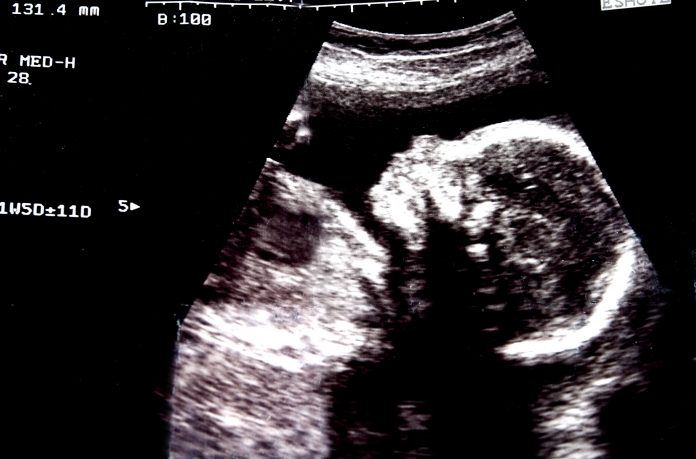Scientists have found that mothers who have suffered childhood trauma can pass this memory down to an unborn baby – scans showed altered brain circuitry in young children
The experience of generational trauma is often found in descendants of genocide survivors, or families which suffered from extreme poverty. It can be found in people that don’t on paper appear to have suffered. Generational trauma is shadowy, often unknown to people who suffer it. The experience of trauma exists everywhere, in people who have faced things that pushed their minds to switch to survival mode.
“It can be silent, covert, and undefined, surfacing through nuances and inadvertently taught or implied throughout someone’s life from an early age onward,” licensed clinical psychologist and parenting evaluator Melanie English, PhD, explained to Health.
How does generational trauma tap into brain chemistry?
Trauma happens even if the individual didn’t witness the original sources of trauma. This is often seen in immigrant parents, who have often moved away from the location of the original trauma – but continue to carry it with them.
Dr Hendrix and her colleagues set out to document the biological impact, the instinctual reaction of the young brain to generational trauma – before the child is old enough to hear and understand that there is something different about their family. The brain is already wired to deal with increased danger. This research looks at what happens to these children, even as early as the womb.
48 Black mother-baby pairs were involved
The team studied 48 Black mother-infant pairs starting in the first trimester of pregnancy. Mothers were given a questionnaire to assess childhood trauma (experiences of early abuse or neglect).
The mothers were also evaluated for current, prenatal stress levels, and for anxiety and depression. One month after birth, infants underwent a brain scan using resting-state functional magnetic resonance imaging. This is a non-invasive technology that could be used while the babies were naturally asleep.
Looking at connections between areas that regulate emotions
The researchers focused on brain connections between the amygdala, which is central to processing fearful emotions, and two other brain regions: the prefrontal cortex and the anterior cingulate cortex.
Both areas play a key role in regulating emotions. This is why these areas were used in a separate study that used tech to stimulate a severely depressed brain, a happy story in which a 36 year old woman finds her untreatable depression completely gone.
But it seems that the story is more sombre for these babies. When their mothers experienced childhood emotional neglect, the babies had stronger functional connections between the amygdala and the cortical regions.
The more emotional neglect, the stronger the connection
After controlling for mothers’ current stress levels, the researchers found that the more emotional neglect a mother had experienced during her own childhood, the more strongly her baby’s amygdala was connected to the frontal cortical regions. However, physical abuse of the mother was did not lead to stronger connectivity. The findings suggest that childhood emotional neglect has intergenerational effects on brain structure and function.
What does this stronger connection mean for the brain? It is not immediately clear.
But there are two possible outcomes for the child.
Dr Hendrix said: “The neural signature we observed in the 1-month-old infants of emotionally neglected mothers may be a mechanism that leads to increased risk for anxiety, or it could be a compensatory mechanism that promotes resilience in case the infant has less supportive caregivers.
“In either case, emotional neglect from a mother’s own childhood seems to leave behind a neural signature in her baby that may predispose the infant to more readily detect threat in the environment almost from birth.
“Our findings highlight the importance of emotional support early in life, even for subsequent generations.”











